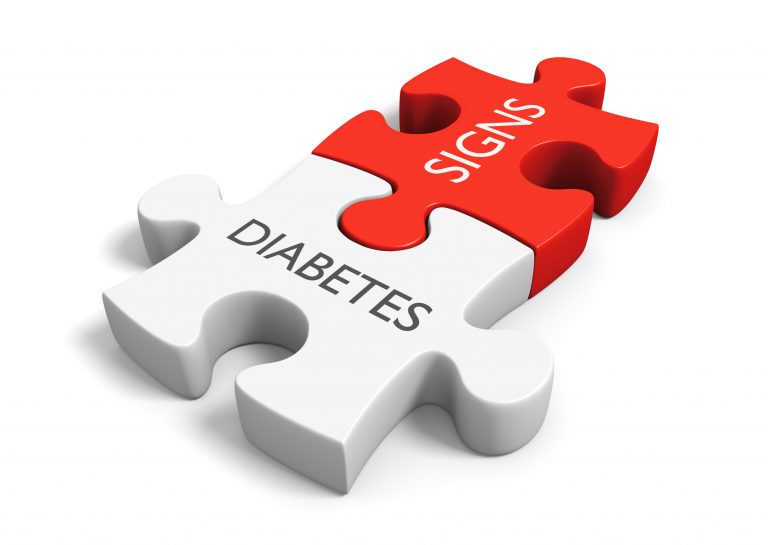
More than 67 actionable clinical discoveries were made through deep longitudinal genomic analysis by a group led by Michael Snyder, MD, chair of the genetics department at Stanford University. The Stanford group’s pioneering precision health study is published in the May issue of Nature Medicine.
To carry out the study, the group recruited 109 volunteers (including Snyder himself), some of whom were at higher risk than normal for type 2 diabetes mellitus. Snyder has a particular interest in diabetes, since earlier self-sequencing showed he has mutations that make him higher risk for the disease, and he later began treatment for actual symptoms. An initial exam revealed that some of the study participants already had serious health conditions. Eighteen people were diagnosed with Stage II hypertension. Another participant had full-blown diabetes, without having ever being diagnosed before with pre-diabetes.
The volunteers underwent integrative personalized omics profiling based on quarterly samples for up to 8 years (median, 2.8 years) using clinical measures and emerging technologies. The type of testing included: genome, immunome, transcriptome, proteome, metabolome, microbiome and data from wearable monitors, such as continuous glucose monitors and heartbeat trackers. The researchers also compared many of the study participants’ health characteristics to a normal baseline for indicators such as heart rate, body temperature, and more. As such, they underwent quarterly blood, urine, stool, and cheek swab testing.
After analyzing the data, Snyder’s group found 67 clinically actionable health discoveries and identified multiple molecular pathways associated with metabolic, cardiovascular and oncologic pathophysiology. The researchers used this data to develop prediction models for insulin resistance based on omics measurements, which they believe could replace “burdensome tests.” Notably, “It turns out 53 out of 109 people learned something really, really important from doing these deep profiles,” Snyder said to the New York Times in an article about the study.
Another important observation was that: “We learned that people are Type 2 diabetic in very different ways,” said Dr. Snyder, in the New York Times article. Nine of the cohort members developed diabetes during the study. But it appears their health followed different paths to reach that state. Two people gained weight before their diagnosis, but seven developed the condition without substantial weight gain. The subjects also showed differences in how much insulin they produced. Some made very little insulin, while others produced enough insulin, but not sufficient to lower their glucose levels and forestall diabetes.
Participation in the study, the researchers noted, led the majority of participants to implement diet and exercise changes. Leading Snyder’s team to conclude that “deep longitudinal profiling can lead to actionable health discoveries and provide relevant information for precision health.”













